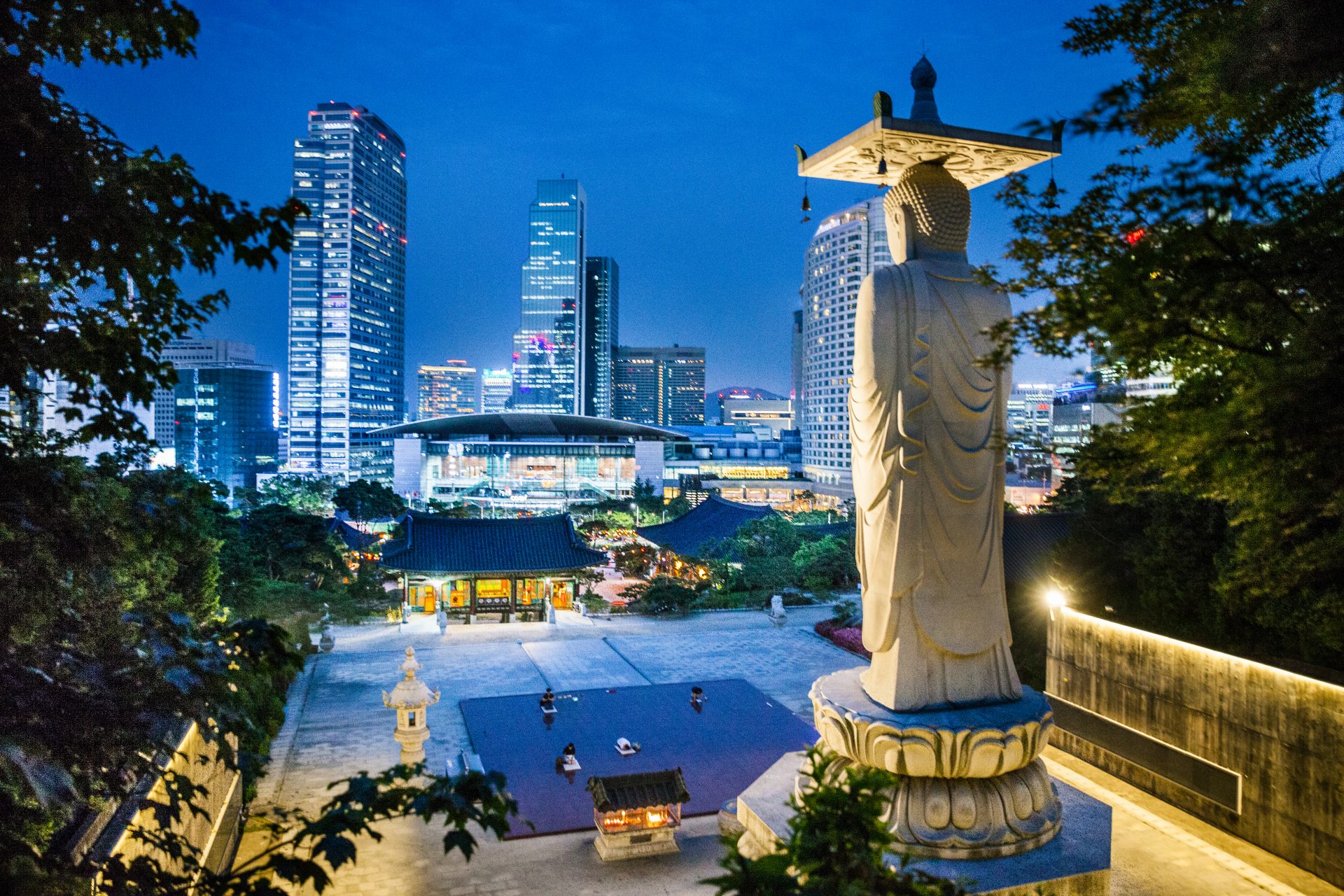Heat exhaustion and heat stroke: symptoms and how to prevent it
Summers can be unbearable when there are heat waves. Many people seek coolness on the beach, but also in the (home) office, where the air conditioning works overtime.
Researchers have compiled a list of countries that may experience extreme heat waves this summer. They even have northern European countries on them like The Netherlands. Researchers from the scientific journal Nature are concerned about whether the countries on the list are sufficiently prepared for future heat.
It is very important to prepare for the predicted heat waves. High temperatures can lead to complaints such as heat exhaustion and heat stroke, according to the Red Cross.
It is essential to recognize the difference between heat fatigue and heat stroke, as their symptoms and treatment differ. In the following article, you can read how to recognize the difference and what to do in case of heat exhaustion or heat stroke.
Heat exhaustion can occur with prolonged exposure to heat, where the body retains too much heat and loses a lot of fluid and/or salt.
Symptoms of heat exhaustion include excessive sweating, red skin, fatigue, and muscle cramps, according to the Red Cross website.
With heat exhaustion, it is important to replenish your fluid balance by drinking plenty of water or sports drinks and resting in a cool environment. Always call 112 (911) if you notice that the victim becomes drowsy or confused and the condition does not improve quickly.
Whether you're playing beach volleyball for an afternoon, attending a festival, or working in the scorching sun, heat stroke can overwhelm you at any time. But how do you know you have heat stroke?
Heat stroke is a more serious condition than heat exhaustion. It can develop from untreated heat fatigue and is characterized by a high body temperature and problems with heat regulation in the brain.
Heat stroke symptoms include extreme headaches, a high body temperature, and confused behavior.
In case of heat stroke, it is important to seek immediate medical attention and help the person cool down in a cool environment.
Recognizing the difference between heat exhaustion and heat stroke can be difficult. However, you will notice that with heat stroke, a person usually does not sweat. In addition, the victim will have more serious symptoms such as abnormal behavior and hallucinations.
Regardless of whether it's heat exhaustion or heat stroke, it's important to lower the person's temperature and move them to a cool environment. People with serious symptoms should always seek medical attention.
Prevention is always better than a cure. Make sure to wear light and loose clothing on hot days. Protect your head with a hat or cap and drink plenty of water, as medical organizations recommend.
To make participants and spectators of major events aware of the risks of heat exhaustion and heat stroke, the Dutch Radboud Hospital and its partners have drawn up a number of tips.
Prepare for training in the heat. Drink enough and adjust your pace. Wear breathable clothing, seek shade, and take it easy during the warm-up. Once you've started your activity, stay alert for symptoms such as feeling very hot, headache, dizziness, nausea, and loss of coordination.



























